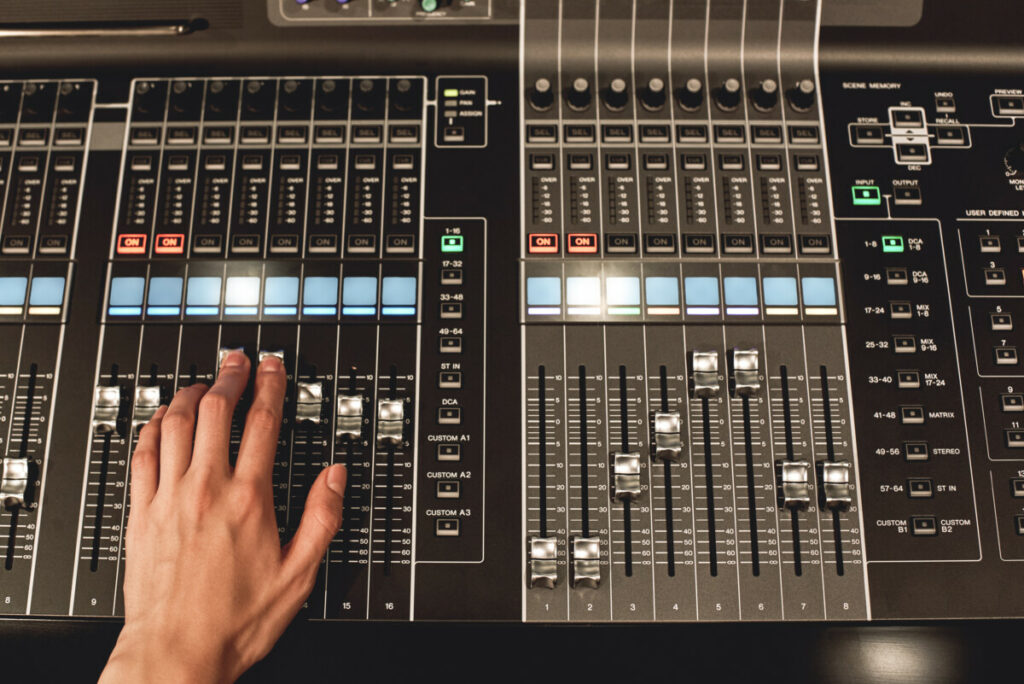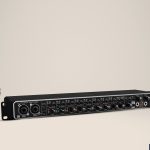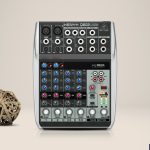
When it comes to audio quality, 96kHz and 192kHz are two of the most commonly used sampling rates. But what exactly is the difference between them?
In this article, we’ll explore the key differences between 96kHz and 192kHz so that you can make an informed decision about which one is best for your needs. So, without losign your time, let’s get started!
General Overview Of 96kHz And 192kHz
At 96kHz, the audio frequency range is extended to 96,000 Hz which icreases the resolution and detail in the sound. It also works to reduce digital noise interference due to its higher sample rate.
96kHz has become a popular choice among audio professionals as it allows for more acurate mixing and mastering while still providing great sounding output.
On the other hand, 192kHz goes even further by increasing the sampling rate to 192,000 Hz. This allows for more accurate recording and playback, as well as increased frequency range (up to 96 kHz).
It also produces a beter sound quality due to its higher resolution and detail.
96kHz vs. 192kHz – Head-to-Head Comparison

96kHz and 192kHz are two commonly used audio sample rates in digital audio recording. A sample rate is the number of samples of audio taken per second, and it determines the quality of the digital recording. The higher the sample rate, the higher the quality of the digital audio recording.
Frequency Range:
One of the key differences between 96kHz and 192kHz is the frequency rrange that each sample rate is capable of capturing. A higher sample rate means a wider frequency range, which results in a more accurate and detailed audio recording.
The frequency range of 192kHz extends up to 96kHz, while the frequency range of 96kHz extends up to 48kHz which means that the 192kHz sample rate is capable of capturing a wider range of frequencies, including high-frequency sounds that are often lost in lower sample rate recordings.
Bit Depth
Another factor that afects the quality of a digital audio recording is bit depth. Bit depth refers to the number of bits used to represent each sample in a digital audio recording. The higher the bit depth, the more accurately the audio can be recorded.
Both 96kHz and 192kHz can be reccorded with a bit depth of 16, 24, or 32 bits, and the choice of bit depth will depend on the intended use of the recording and the desired level of quallity.
File Size
Another important diference between the two sample rates is the size of the digital audio files.
The higher sample rate of 192kHz results in larger file sizes, as more data is being recorded for each second of audio. This can be an issue for users who have limited storage space on their devices or for those who need to transfer large audio files over the internet.
On the other hand, 96kHz audio files are smaller in size and easier to manage, but they may not provide the same level of detail and accuracy as a 192kHz recording.
Performance
In terms of performance, the higher sample rate of 192kHz provides a more detailed and acurate representation of audio, but it also requires more processing power to handle the larger file sizes. This means that devices and software used for playback or processing of 192kHz audio files need to have higher specifications in order to handle the larger files.
96kHz audio files, on the other hand, are more manageable in terms of processing power and can be played back on a wider range of devices.
In conclusion, the choice between 96kHz and 192kHz depends on the specific needs and preferrences of the user.
For profesional audio recordings, 192kHz may be preferred for its higher accuracy and detail, but for general use or for playback on devices with limited storage or processing power, 96kHz may be sufficient.
Something specific to mention at the performance is the bitrate and the kbps of the sound in general, and the higher the number of bitrates is, the better quality the sound will have, especially when it comes to comparing the 320kbps with 128kbps.
Ultimately, the best choice will depend on the intended use of the recording and the desired level of quality.
Benefits and Drawbacks of 96kHz & 192kHz

When it comes to 96kHz and 192kHz, there are both benefits and drawbacks associated with each. 96kHz is considered an ideal choice for mixing and mastering because of its icreased resolution and detail, but this also means that it takes up more hard drive space.
Aditionally, 96kHz may not be necessary for some applications as the extra frequency range may not be that noticeable.
On the other hand, 192kHz offers even greater resolution and detail than 96kHz which makes it great for recording or playback aplications where sound quality is critical. However, this increased rate also requires more processing power. Additionally, 192kHz files can take up a lot of storage space due to their larger size.
Choosing The Right One
Deciding between 96kHz and 192kHz audio sample rates depends on several factors, including the intended use of the recording, the desired level of quality, and the available resources for playback and storage.
Without creating any confusion, when it comes to choosing the right sample rate you should make sure to also know the differences between 96kHz and 48kHz, as most people seem to have difficulties in between them.
Intended Use: If the recording is for professional purposes, such as music production or film sound design, 192kHz may be the preferred choice for its higher acuracy and detail.
On the other hand, if the recording is for general use or for playback on devices with limited storage or processing power, 96kHz may be sufficient.
Desired Level Of Quality: If high-quality audio is a priority, 192kHz may be the beter choice as it provides a wider frequency range and a more detailed representation of audio.
However, if the desired quality is good enough for general use, 96kHz may be sufficient.
Available Resources: The size of the audio files and the required procesing power should also be considered when choosing between the two sample rates.
192kHz audio files are larger in size and require more processing power, which may be an issue for users with limited storage space or devices with lower specifications.
On the other hand, 96kHz audio files are smaller and more manageable in terms of processing power, especially when it comes to checking the bits such as 24bit 96kHz, but may not provide the same level of detail and accuracy as a 192kHz recording.
Still, if you consider everything I mentioned above, I am pretty sure that you’ll be able to find the perfect fit for “your audio requirements!”
Conclusion
96kHz vs 192kHz is ultimately a matter of personal preference. 96kHz provides great detail and resolution, while 192kHz offers even better sound quality due to its increased frequency range.
Both have their own benefits and drawbacks, so it’s important to consider your individual audio needs when making a decision.
Always remember, the choice between 96kHZ or 192kHZ comes down to your own personal preferrence and level of experience with audio production.
Whether you choose 96 kHz or 192 kHz, you can be sure that both will provide exellent sound quality for any project.
Anyways, I hope you liked what you read thus far, and I hope in this article you found everything yoy needed! Good luck choosing!
Mix & Mastering
I love to get my hands on all sorts of audio equipment, from headphones and speakers to audio interfaces. I love putting these products through their paces and seeing what they can do.





